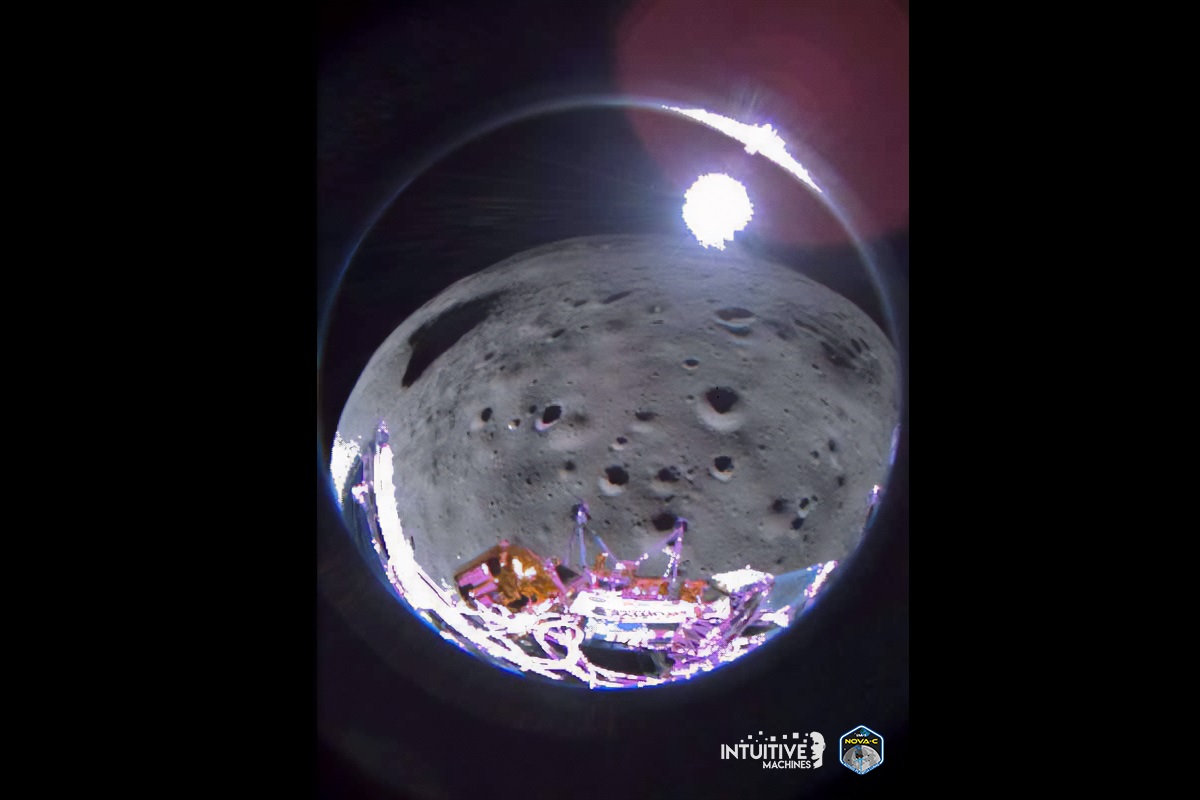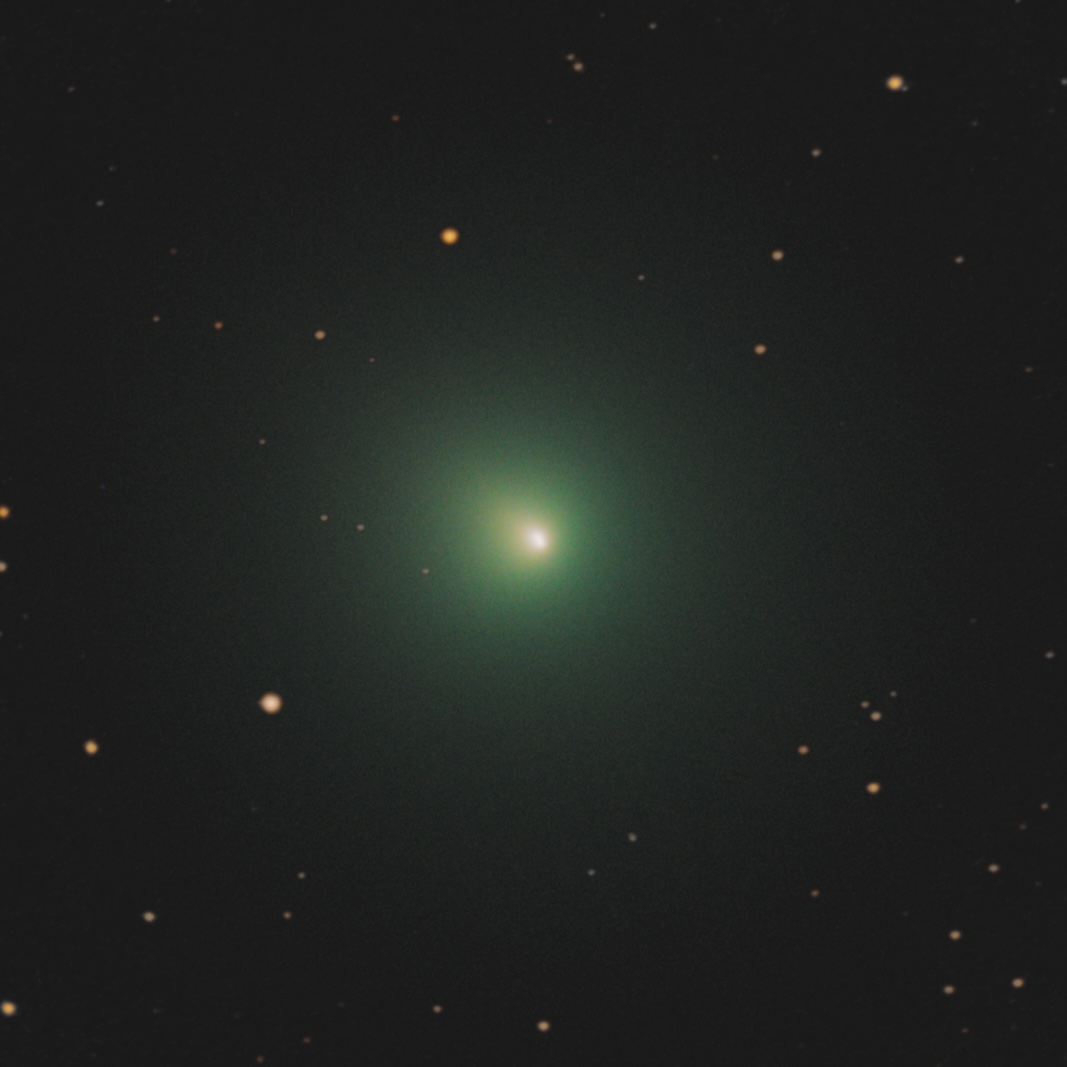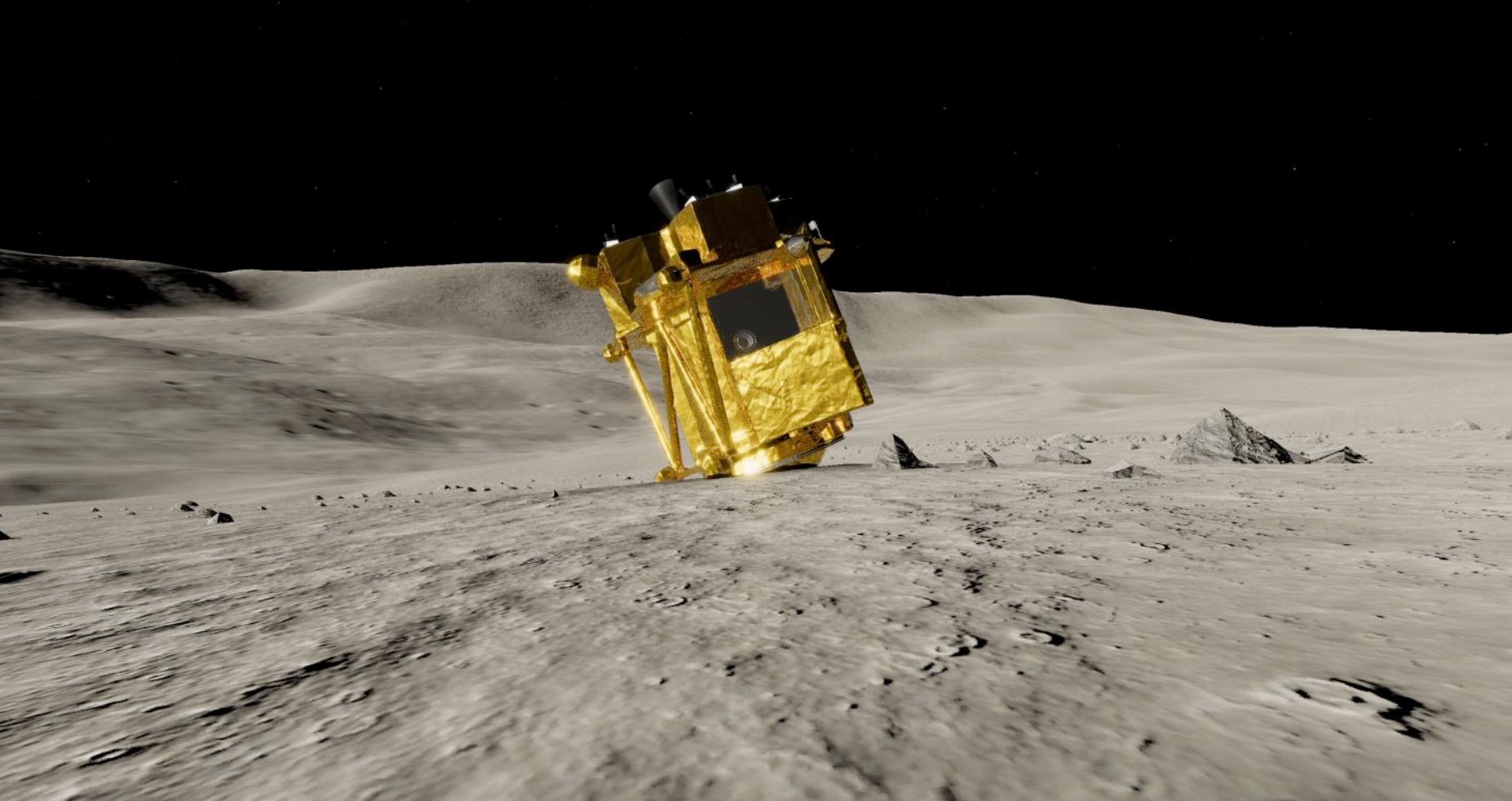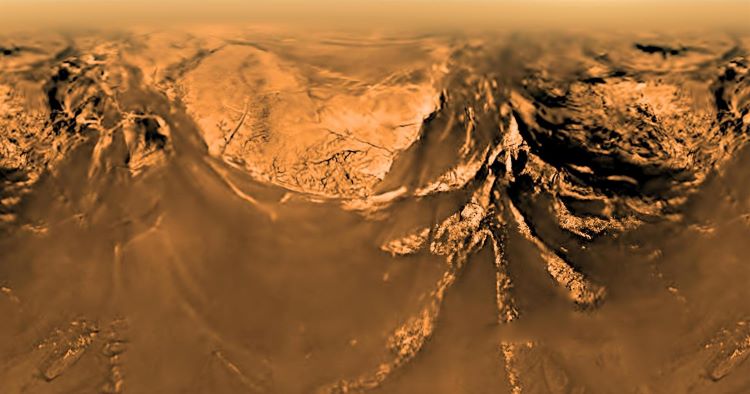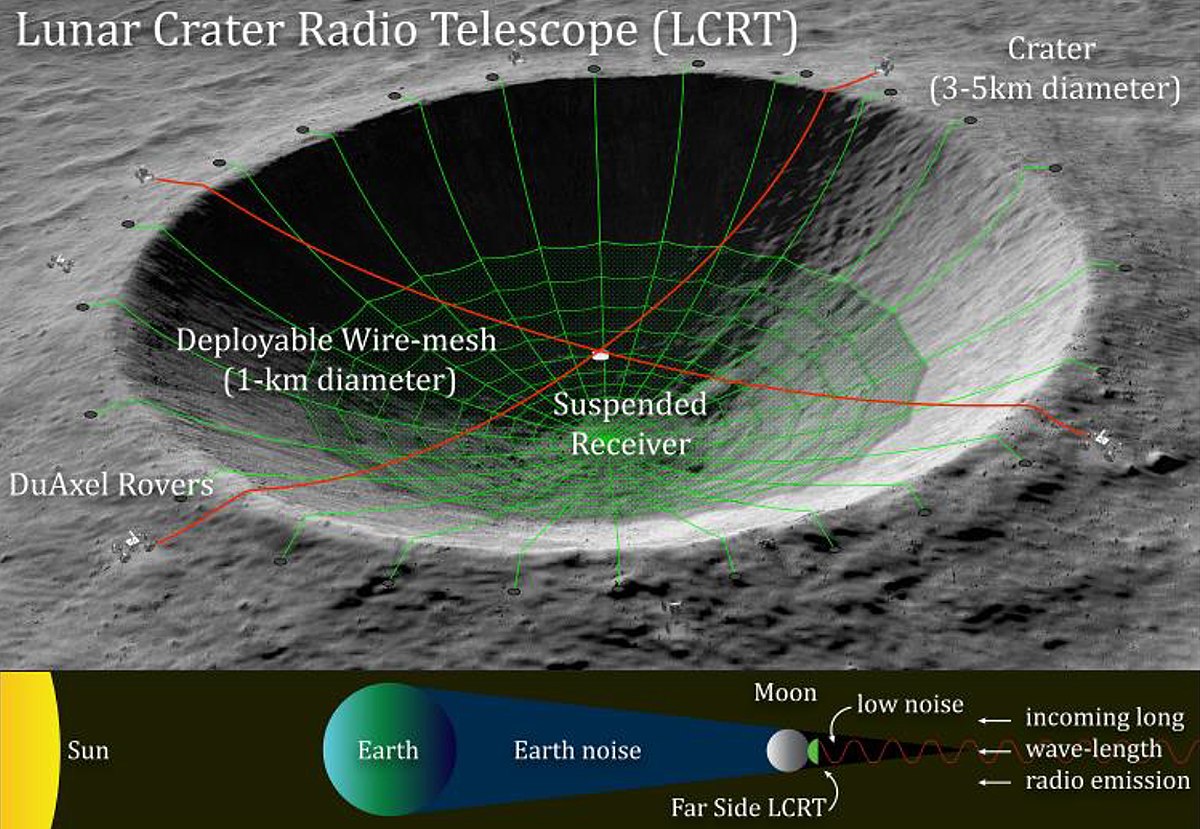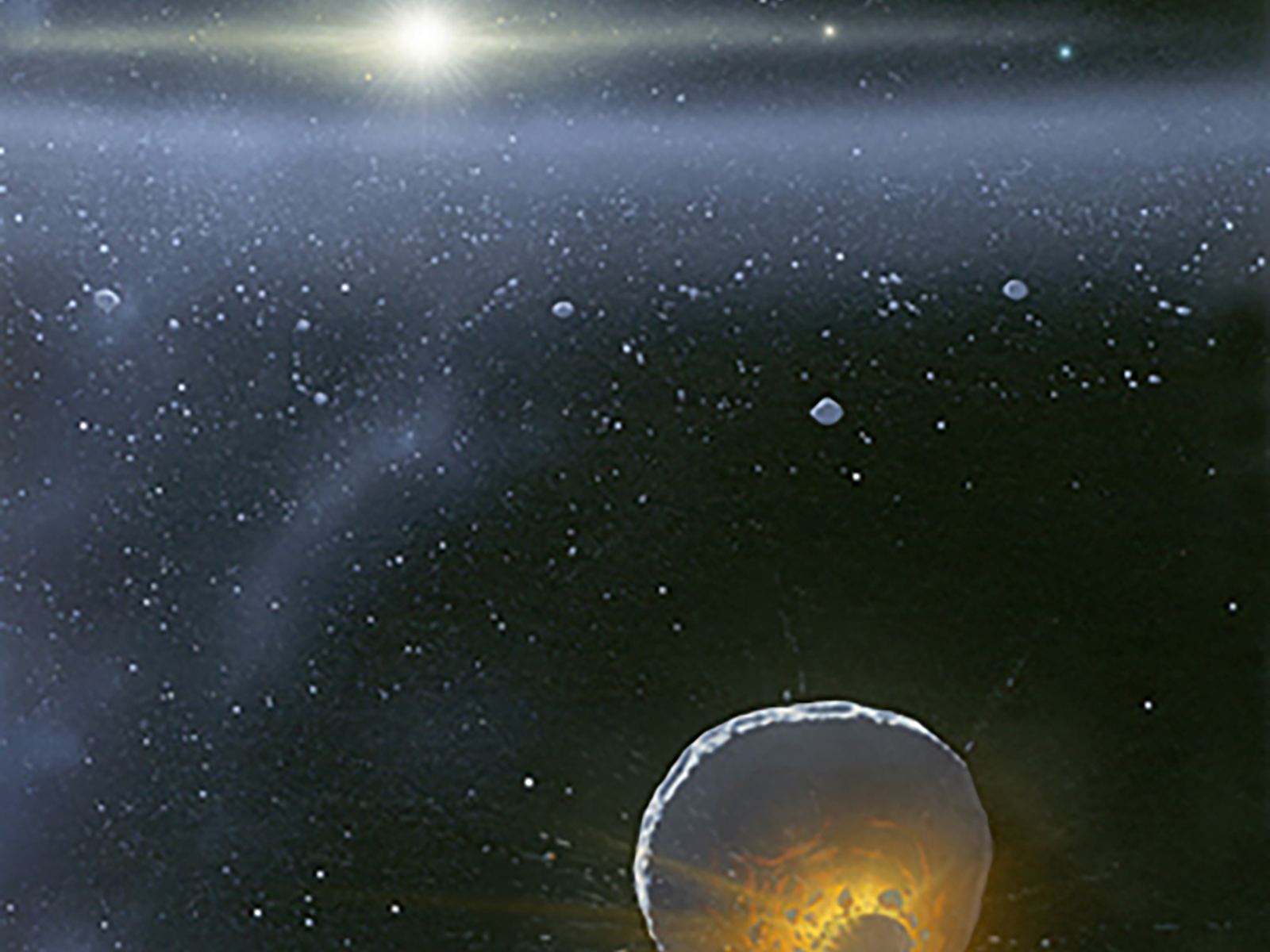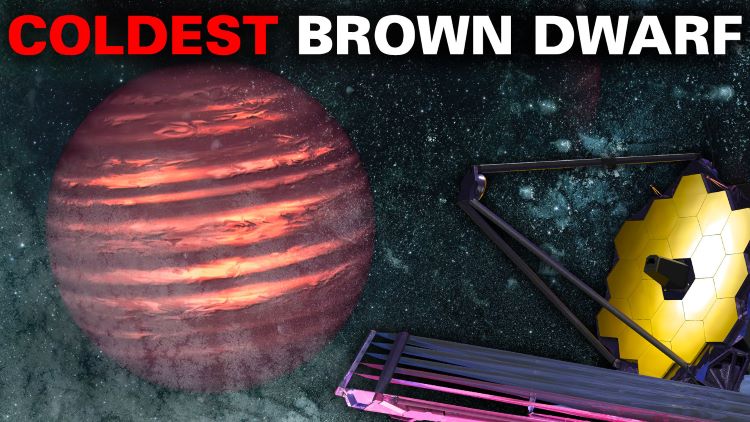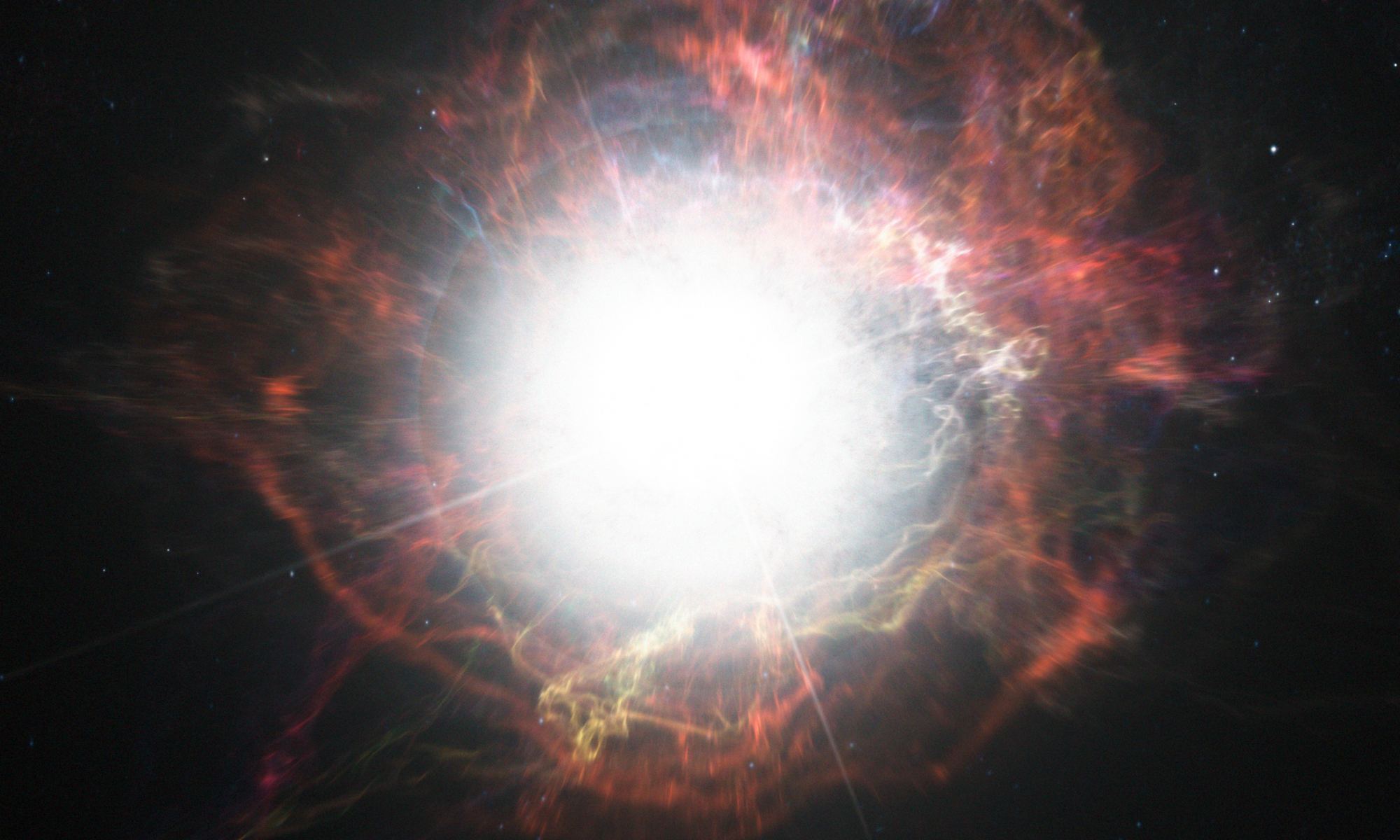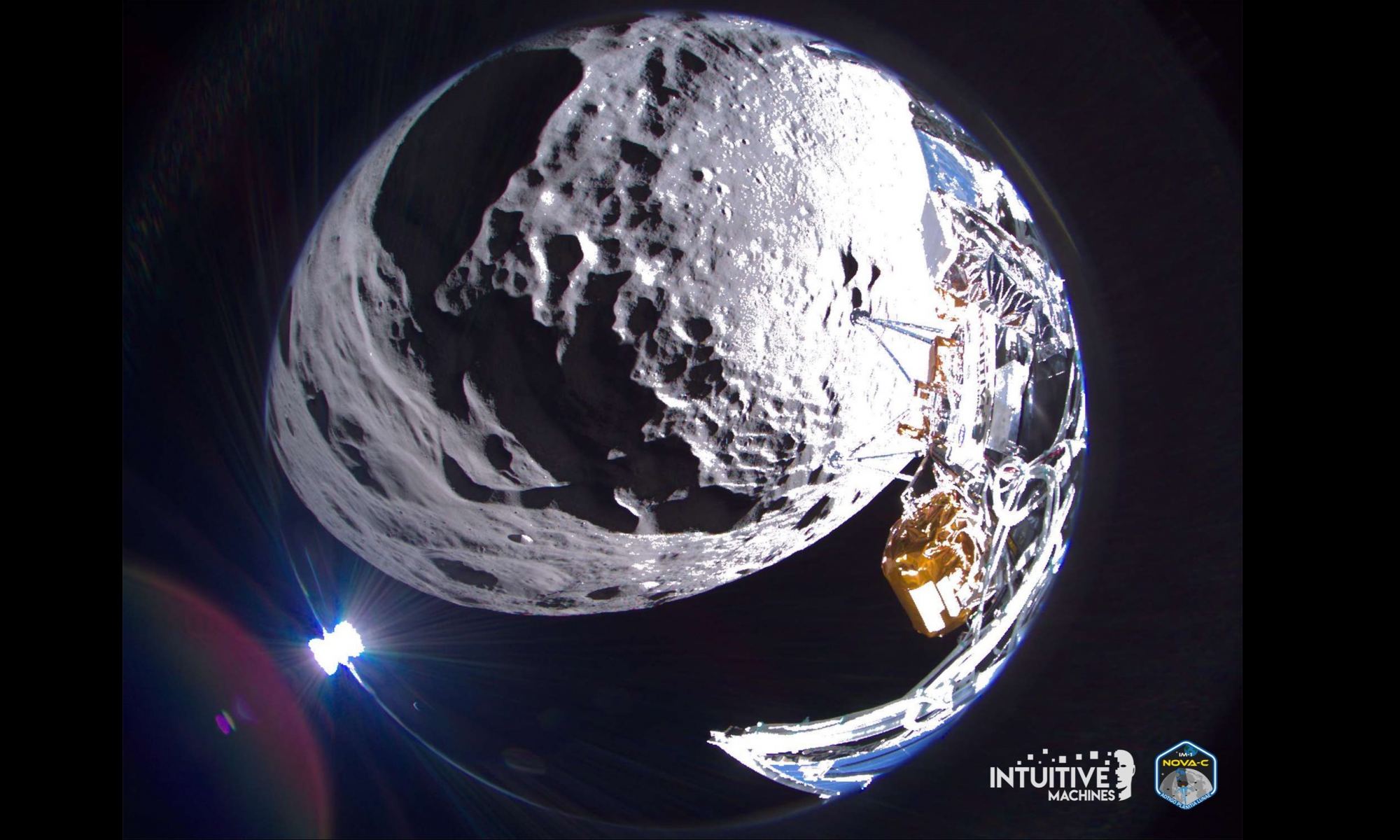Four days after Intuitive Machines’ Odysseus lander made an off-kilter touchdown on the moon, the mission team is releasing snapshots that were taken during its descent.
The ultra-wide-angle images confirm that the lander is continuing to communicate with flight controllers, even though it’s lying in an awkward angle that limits how much data its antennas can transmit.
Meanwhile, images from NASA’s Lunar Reconnaissance Orbiter have identified Odysseus’ landing spot, within a mile (1.5 kilometers) of its intended target near a crater called Malapert A in the moon’s south polar region. The bad news is that the solar-powered lander may have to go dark sooner than anticipated.
Continue reading “Odysseus Moon Lander Sends More Pictures — and We Know Where It Is”
